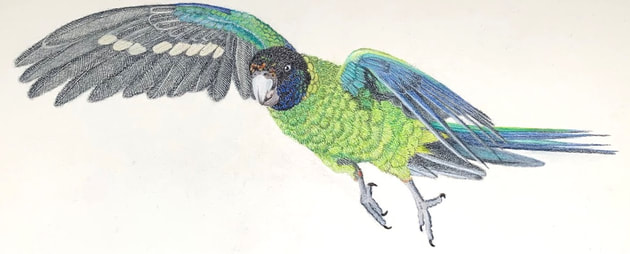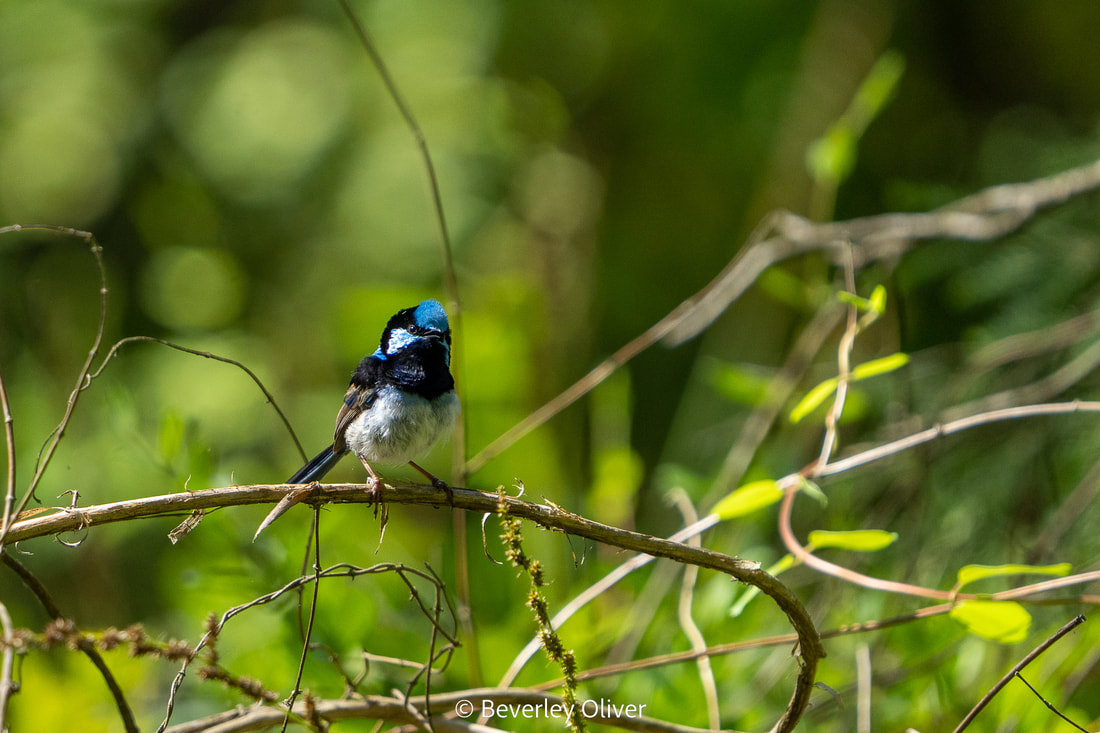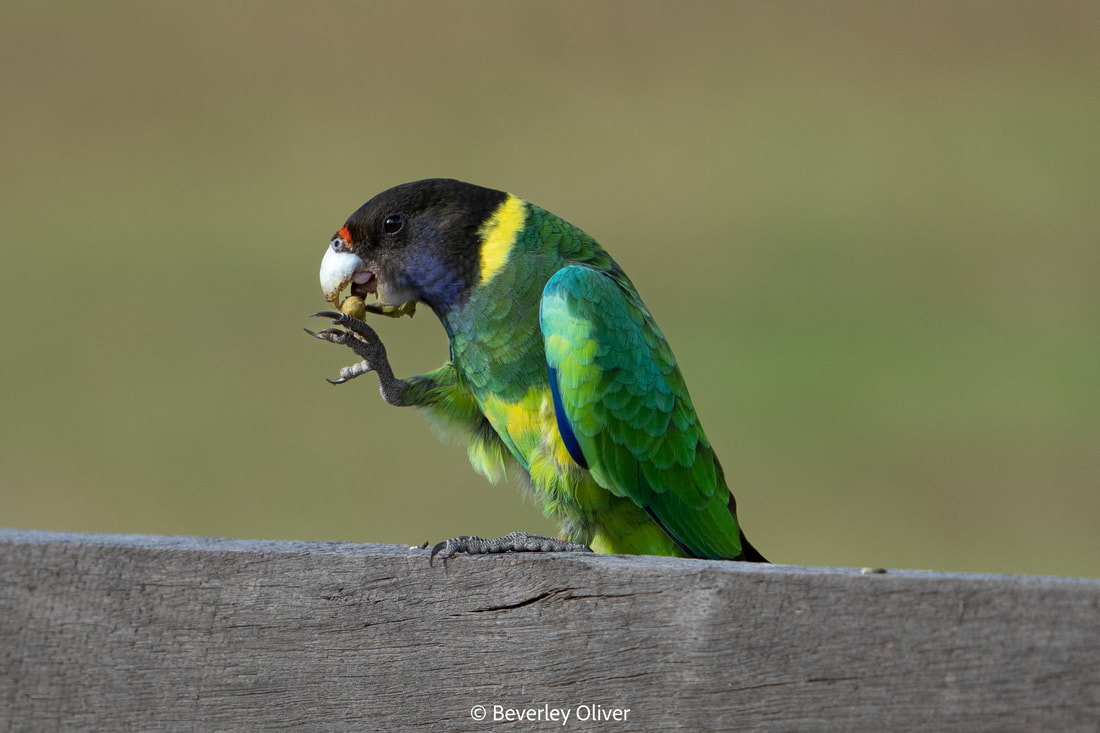rosalieArtist and nature lover Western Ringneck Parrots (locally called Twenty-eights because of their call) are still plentiful in Western Australia. Sadly, they are vilified because they damage fruit trees. We recently visited Western Australia -- mainly the Perth Hills and the south-west -- and spent some time observing and photographing these beautiful shy birds. Beverley captured a lovely sequence of a Twenty-eight sitting on a fence post, eating an olive and spitting out the pip, as you do! I used one of the photos as the basis for my drawing. I often change photographs quite drastically when I draw, such as changing the colour or size of parts of an animal or bird due to the camera causing distortion. For example, a dog's paws stretching towards the camera becomes enlarged so I reduce the paw and leg in size to make them look like they are in the room with me rather than distorted by the camera. I often take out blemishes - like scratches or scabs on a big cat’s face. I add things such as the ends of wings or ears if they have been cropped out in the photo. I sharpen up a blurred image and add colour to a washed out image using reference photos. I might draw something further back lighter or less detailed or something closer darker and more detailed to attempt a 3D effect. I often reverse one or more birds or animals if I am lining them up on a branch or ordering them to get the best effect and interaction between them. I remove branches in front of the subject or add foliage. With botanical drawings, I might add blemishes or discoloured leaves for effect rather than all the parts of the plant being “perfect”. In the case of the twenty-eight I drew it mostly to mimic the photo apart from taking out the olive to show its smiling beak and tongue. I did add some length to the front wing as its position makes it look too small compared with the back wing but the photo was quite accurate so I didn't need to change it much.
The pencils I used were the Swiss made Caran D’arche Luminance which are much vaunted for their light fastness. They also have a beautiful selection of bright and unusual colours for parrot feathers but also interesting blends of damped down colours for duller effects eg 10% sepia. The paper was Lux Archival Sanded paper and it is like drawing on sandpaper. The benefit is it is easy to lay down colour and layers, and easy to cover one colour, even a dark colour, with a light colour, even white, as well as blending colours. The brand also has a textured fixative which can be used on all or part of the drawing to make it possible to lay down more colour even when the sandpaper underneath is “full”. The down side is the pencils don’t maintain a point and run down very fast and it is very difficult to maintain detail. Detail is one of the things I like to do so it is a bit frustrating to try to draw a thin line. On the other hand it is possible to correct using white to touch up if colour has gone outside where you want it to be. The combination of such vibrant coloured pencils and a textured surface does make the finished work more striking.
Comments
|
SUBSCRIBETo get blog updates, signup when the form appears on screen, or contact us. We'll contact you about once a month with an update. To find a blog about a bird or a place, use this search bar, or check out our Google map.
Archives
September 2023
|


